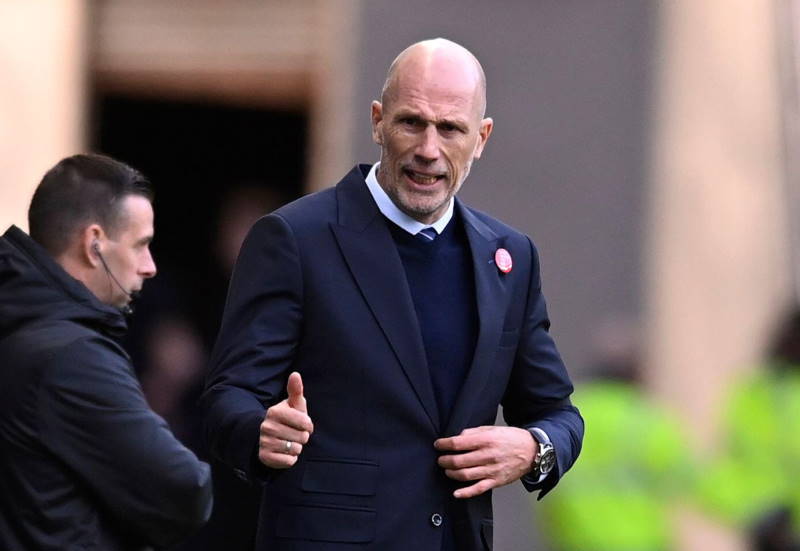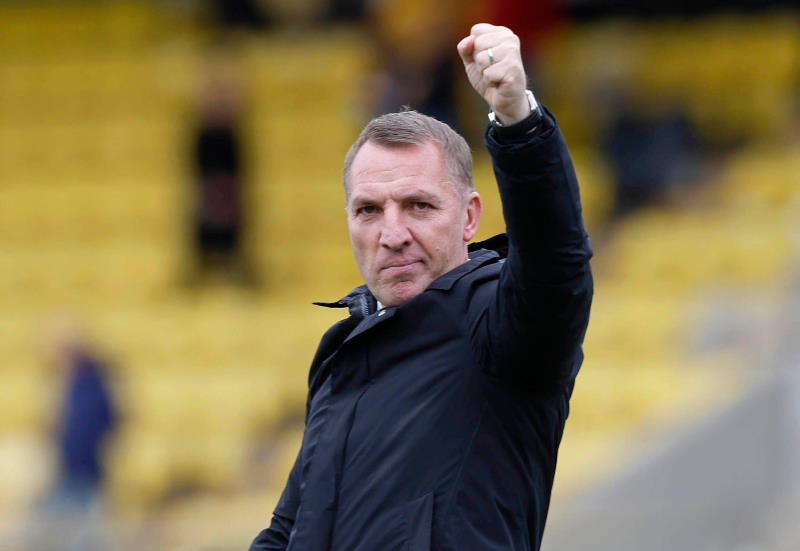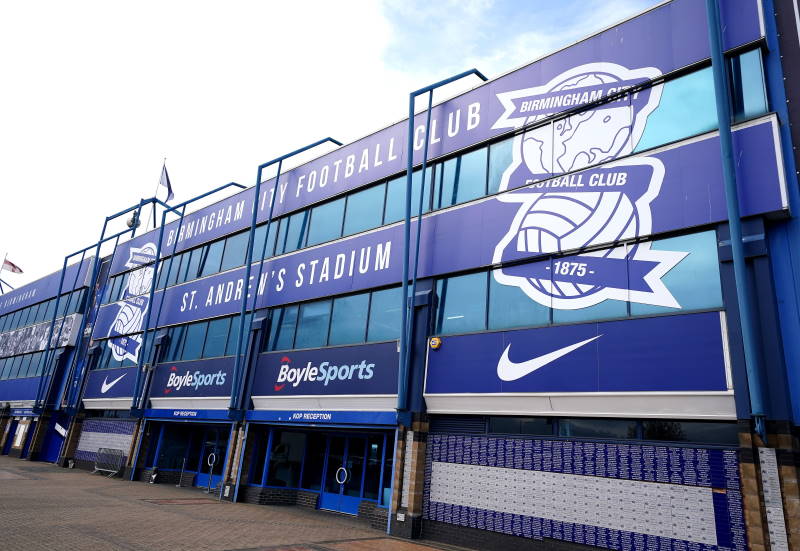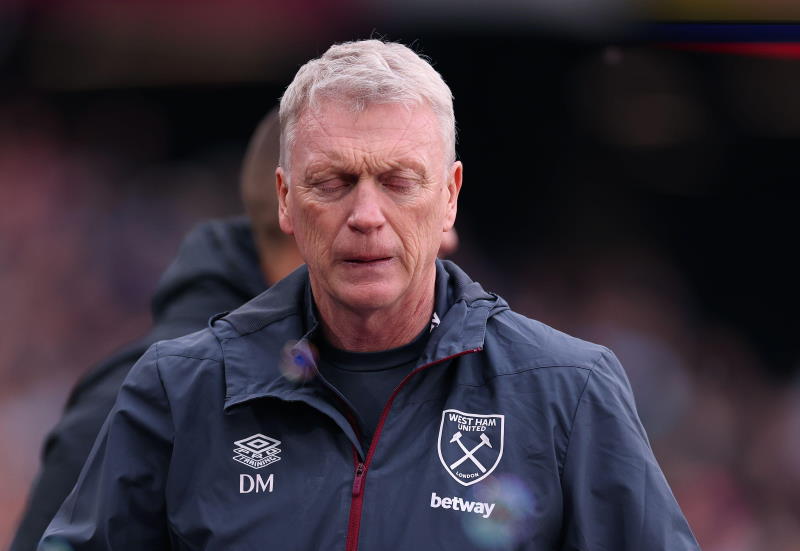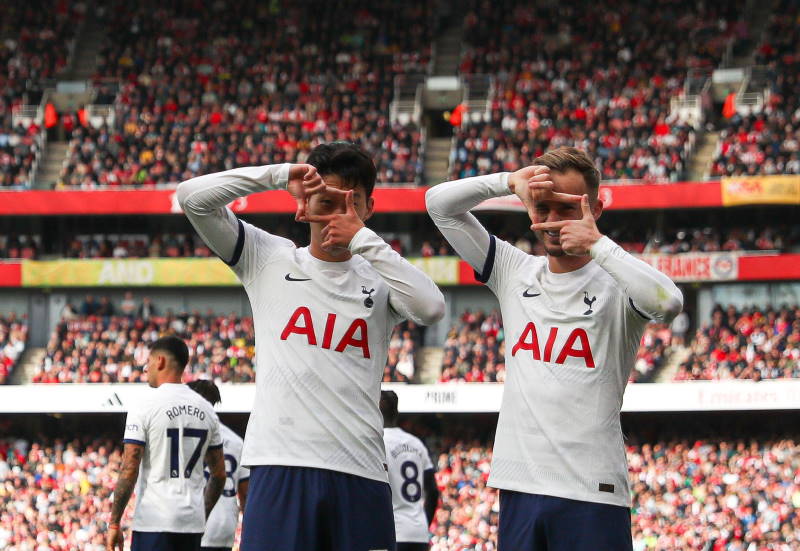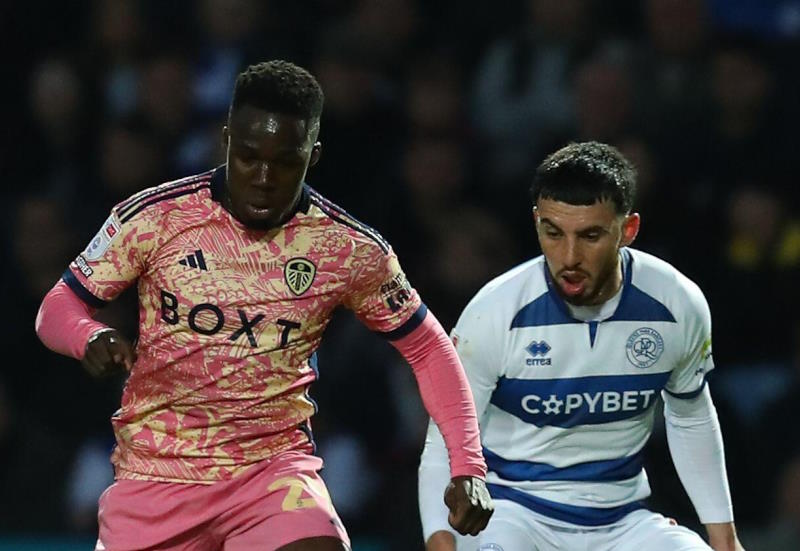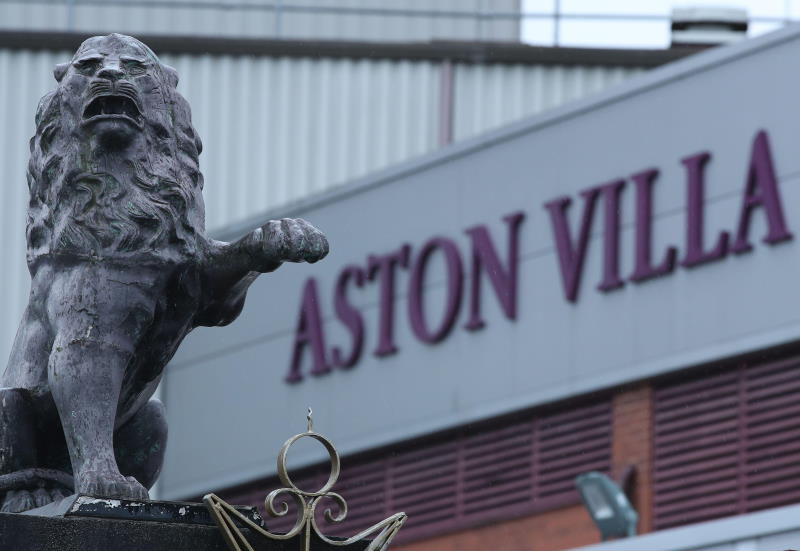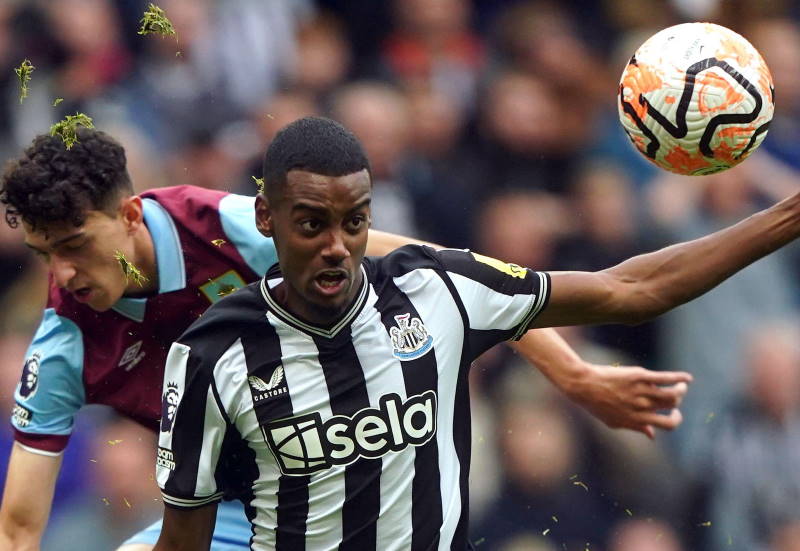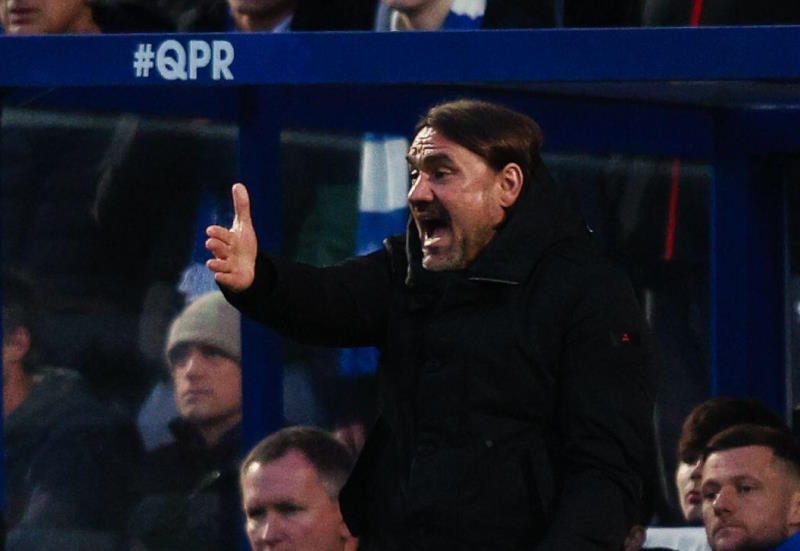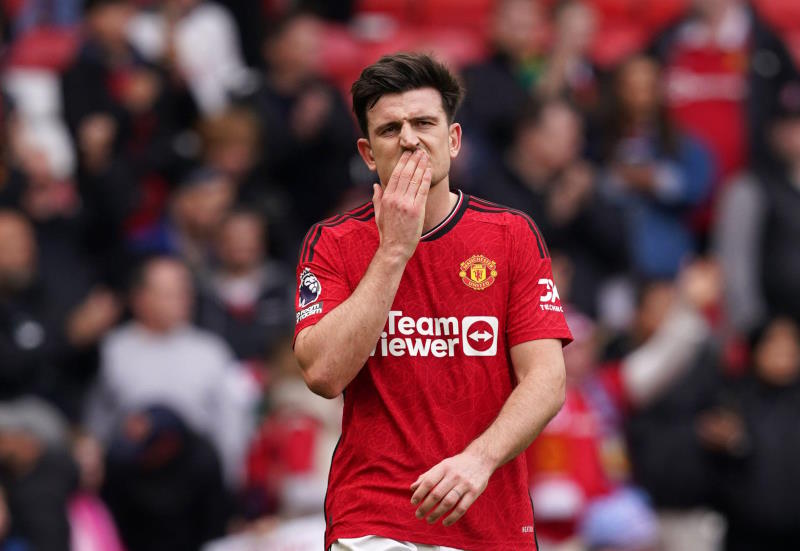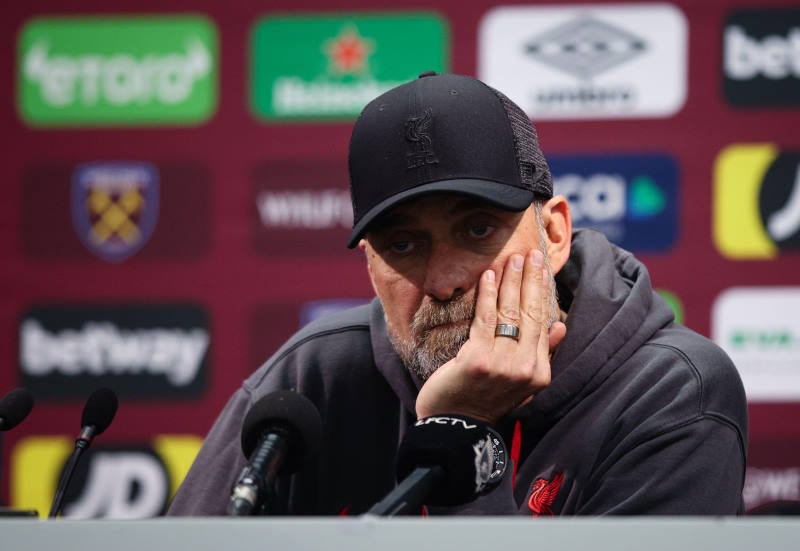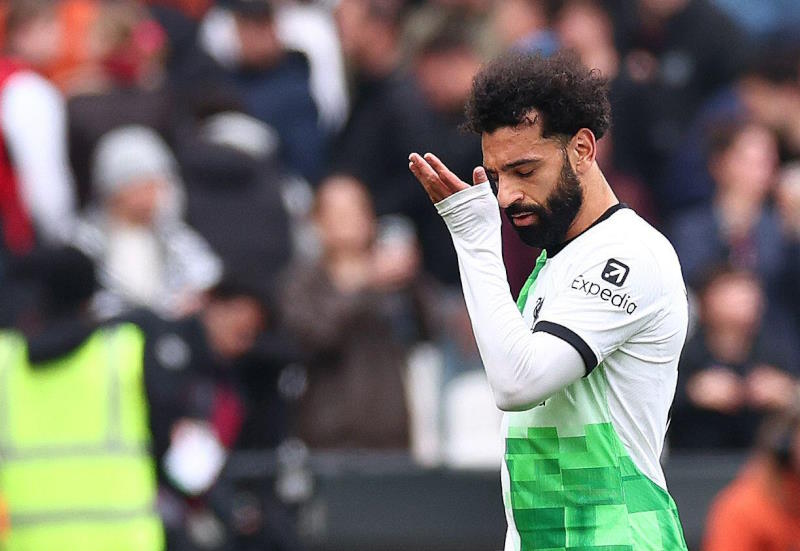
Luca Ferrato
The atmosphere in the red and black half of Milan this summer isn’t one of optimism. Don’t mention Gianluigi Lentini and his record transfer fee in 1992. Forget even Ronaldinho and his presentation in front of a huge 40,000 fans at the San Siro last year. For Milan this time around things couldn’t be more different.
There was a time when the Rossoneri would buy any player that took their fancy, no matter the cost. In the early 90s this even went so far as purchasing players simply to ensure Serie A rivals couldn’t, the most obvious examples being Fernando De Napoli and even Dejan Savicevic.
De Napoli arrived from Napoli in 1992, supposedly to reinforce Fabio Capello’s so called “invincible” team. Two seasons later he had played just nine games, without finding the back of the net and no other contribution of note towards Milan’s trophy gathering.
Savicevic, of course, turned out to be a somewhat better signing, but back in 1992/93 the Yugoslav had to wait until January to be handed a chance to play in Milan’s superstar starting eleven. First choice Savicevic was not.
Both De Napoli and Savicevic were the product of Silvio Berlusconi’s grand idea. In the summer of 1993 the Milan supremo had a brainwave: Why not construct two teams; one for Serie A, the Champions League and Coppa Italia, and another to play lucrative exhibition matches around the world?
This happened just 16 years ago. But for Milan fans it feels like a century.
Now, in 2009, everything has changed at the San Siro. Questions over Berlusconi’s continued involvement at the club and the effects of the credit crunch have transformed the landscape for the Rossoneri.
The shadow of Silvio Berlusconi has loomed large over Milan for decades, and the Italian Prime Minister has never accepted second best. But, after 23 years of presidency Berlusconi is believed by many to have grown tired of leading his club. Recent political scandals and the increasing amount of money required to compete at the top of the game have taken their toll. But if Silvio Berlusconi exits the Rossoneri what will come next?
Behind the Great President no other members of the Berlusconi family appear interested in continuing the dynasty. Marina Berlusconi, 43, wouldn’t be found worrying about Milan, and it has been suggested she urged her father to sell the club.
Pier Silvio Berlusconi would in many ways be the most obvious candidate to take over from his father. Young, aged just 40, Pier Silvio has shown interest in Milan before, and was regularly seen at Champions League finals. Unfortunately for the Rossoneri Pier Silvio is currently leading the family business of private TV channels and has shown little recent desire to become involved in the club.
Berlusconi’s last son, Luigi, was a dedicated Milan fan when he was a child. But at 21 he is probably too young to take full control, and presently seems more occupied with rally racing and enjoying his life as a student.
That leaves Berlusconi’s two other daughters from his second marriage, Barbara and Elenora. At just 25 and 23 years-old respectively, both have totally different interests to football and thoughts of them becoming involved at the San Siro are wishful thinking.
Given this it is easy for some people to see evidence that Silvo Berlusconi is clearing the decks to prepare for a sale. In these difficult financial times Berlusconi’s management team at Milan were very concerned about the €67M loss the club recorded at the end of last season. The decision was taken to offload some of the Rossoneri’s highest earners, and Milan haven’t looked back since.
Kaka’s departure to Real Madrid for €67M saves Milan his wages of €20M per year after tax. Also saved are Andriy Shevchenko’s €5M, Philippe Senderos’s €5M, Emerson’s €7M, David Beckham’s €6M and Paolo Maldini’s €4M. All these San Siro exits amount to savings in wages, after tax, of €47M per year. Throw in the increase in revenue the Champions League will add (missed last season) and suddenly the Milan balance sheet looks a whole lot healthier.
Rossoneri fans for their part are having to get used to a new transfer “realpolitik” dominating their club. The order of the day from now on is buying young talented players who only command relatively smaller wages (though signing at least someone to arouse the fans’ passion might become something of a necessity). Two recent targets, Aly Cissokho from Porto and Edin Dzeko from Wolfsburg, will be paid just €2M per year should they sign on the dotted line.
Italy and Milan, so it seems, may no longer be in the market for the very cream of the crop of European football. Whilst Adriano Galliani, the vice-president, has been heard complaining that the country’s law does not help teams acquire and keep foreign players because of a more unfavourable tax regime compared to Spain, the thought persists that the clearing of the decks is merely a prelude to Berlusconi’s eventual sale of the club.
Whatever happens, there can be no doubt that for Milan fans this summer has been merely confirmation of a changed world.
Related Articles:

